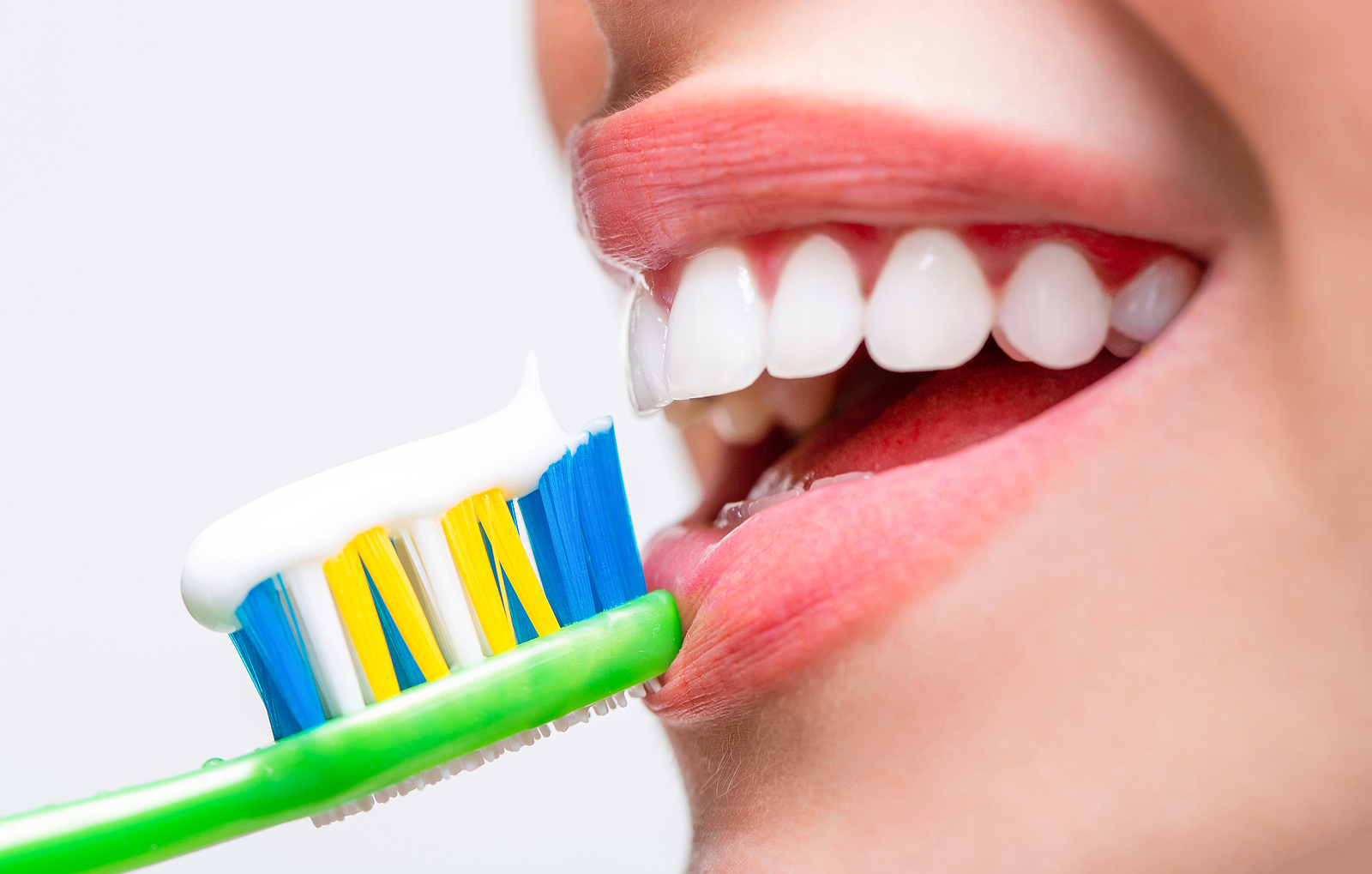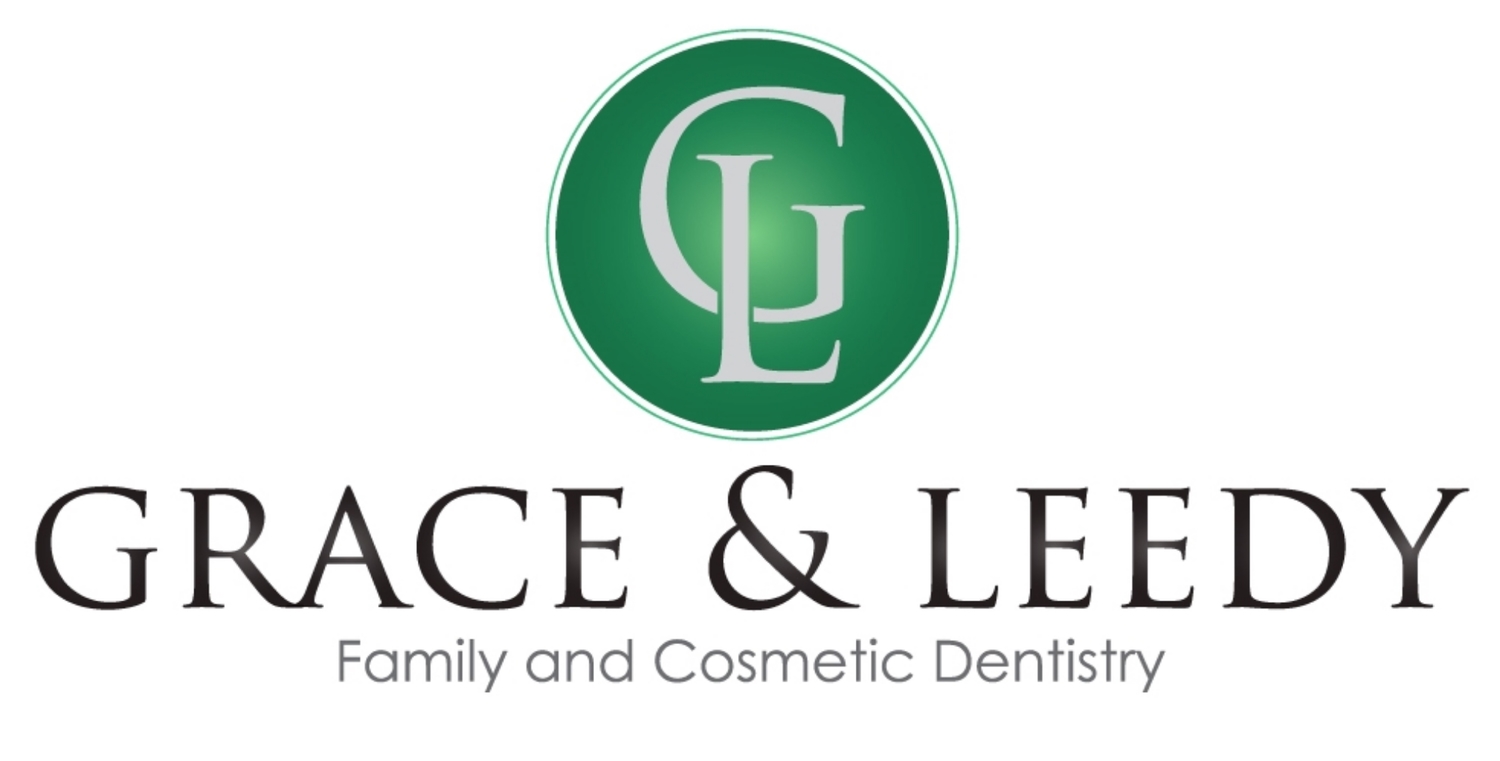
Brushing, Flossing And Mouthwash - Which Order Is Right?
We all know there are three key steps to regular dental health and maintenance - brushing, flossing and rinsing with mouthwash. If you perform all three regularly and visit your dentist every six months, you should be in good shape. However you may be curious which order of the three produces the best results. Let's look at the combinations that work and a combination that you should avoid.
Mouthwash First
First, let's look at the less-than-ideal combination of using mouthwash first. While it may be temping to freshen up with mouthwash before you brush or floss, generally it is better to finish with mouthwash rather than start with it. The reason has to do with the two primary benefits of rinsing with mouthwash. It freshens your breath and fluoride mouthwashes help strengthen your teeth and prevent cavities. To keep your breath as fresh as possible, you'll want to finish with mouthwash to maximize its effect. If you rinse with water after swishing and brushing, you're bound to lose some of the freshening effect of mouthwash. More importantly fluoride mouthwash needs to stay on your teeth as long as possible to be effective. For these reasons mouthwash is best used last.
The one exception to the rule is whitening mouthwashes which come with directions to rinse with them before brushing. However it is worth noting that whitening agents need to stay on your teeth for a while to work well. If you're interested in whitening your teeth, it may be wiser to investigate in-office whitening treatments.
Brushing, Flossing Then Mouthwash
A popular combination for many patients is to brush first, floss afterward and finish with mouthwash. This is a natural choice for many because they are used to getting into the bathroom and brushing right off the bat. Generally this is a good approach to take because you'll clear out a lot of loose food particles and then be able to deep clean with floss afterward. The downside of this method comes in the temptation to breeze through flossing without using proper technique or allowing for enough time. Worse yet, some people will be tempted to skip flossing altogether. While you don't have to floss every time you brush, you absolutely want to floss at least once a day. As we just covered, finishing with mouthwash is the best option regardless of whether you brush or floss first.
Flossing, Brushing Then Mouthwash
As an alternative to brushing first, many people choose to floss first. There are several strengths to this order that make it generally the best option of the three. If you floss first, you're more likely to give it the attention and time it deserves. It's general human nature to spend the most time on the first task, and focusing on floss is important, but remember you'll need to brush afterward for three minutes as well. In addition, flossing first ensures you'll clear food particles out of hard to reach places so you'll kill the most bacteria in your mouth when you brush. Bacteria likes to hide in hard to reach places, and it grows quickly when sticky or starchy foods are near your teeth. Flossing all that out first ensures your brush and toothpaste can do the best work possible. Lastly, finishing with mouthwash ensures you'll get fresh breath and keep the fluoride on your teeth to work for 30 minutes.
Final Thoughts
So which approach is better - brushing, flossing and then mouthwash or flossing, brushing and then mouthwash? Honestly both approaches, when done right, will foster a healthy approach to dental hygiene. The key is really to take your time and exercise proper form both when brushing and flossing. If you rush through either, you'll end up getting less than ideal results. You've got to put in the time if you want the best dental health possible. Still have questions about your flossing, brushing and mouthwash routine? Contact us at Grace & Leedy Family Dentistry to schedule a checkup today.
Location
10881 West Asbury Ave Suite 210, Lakewood, CO 80227
Phone: (303) 989-0452
Office Hours
MON8:30 am - 1:30 pm
TUE7:00 am - 3:30 pm
WED - THU8:00 am - 5:00 pm
FRI7:00 am - 3:30 pm
SAT - SUNClosed









comments